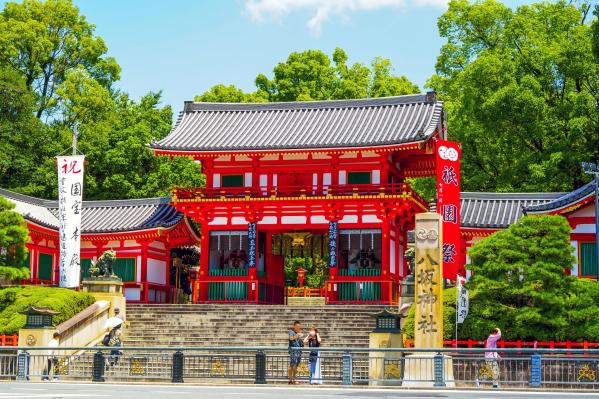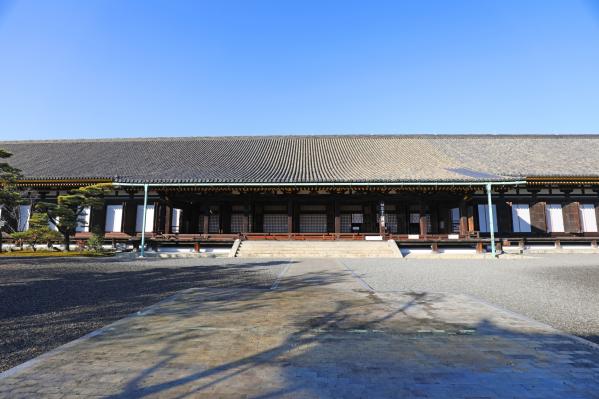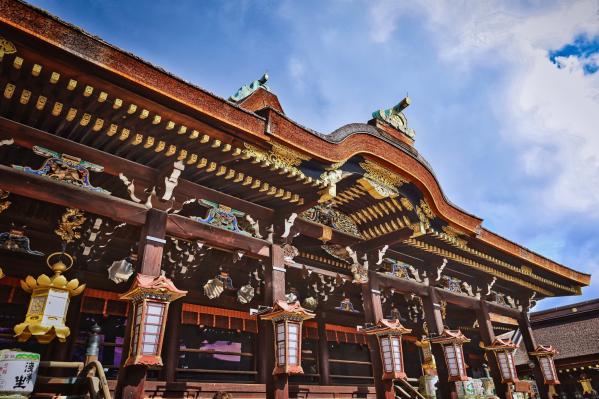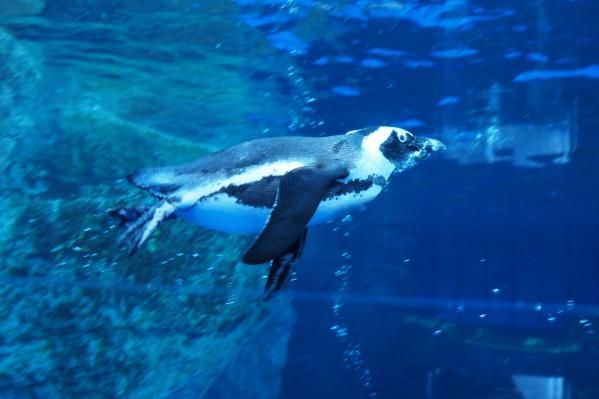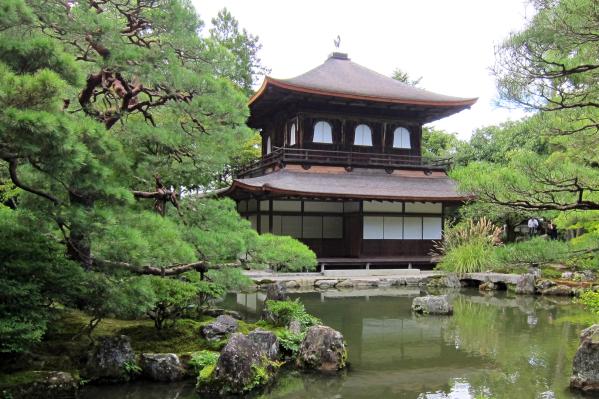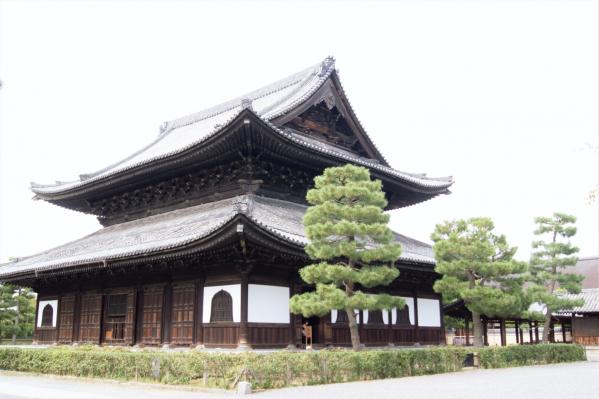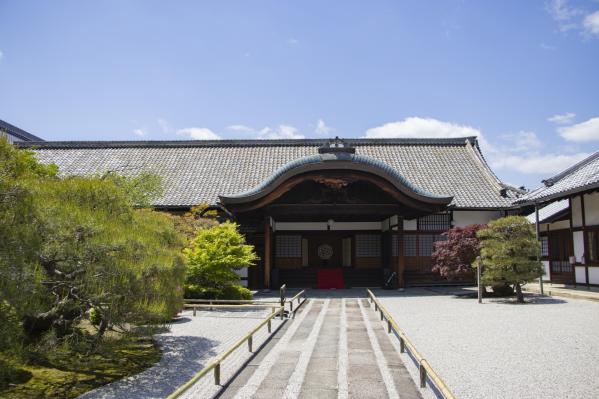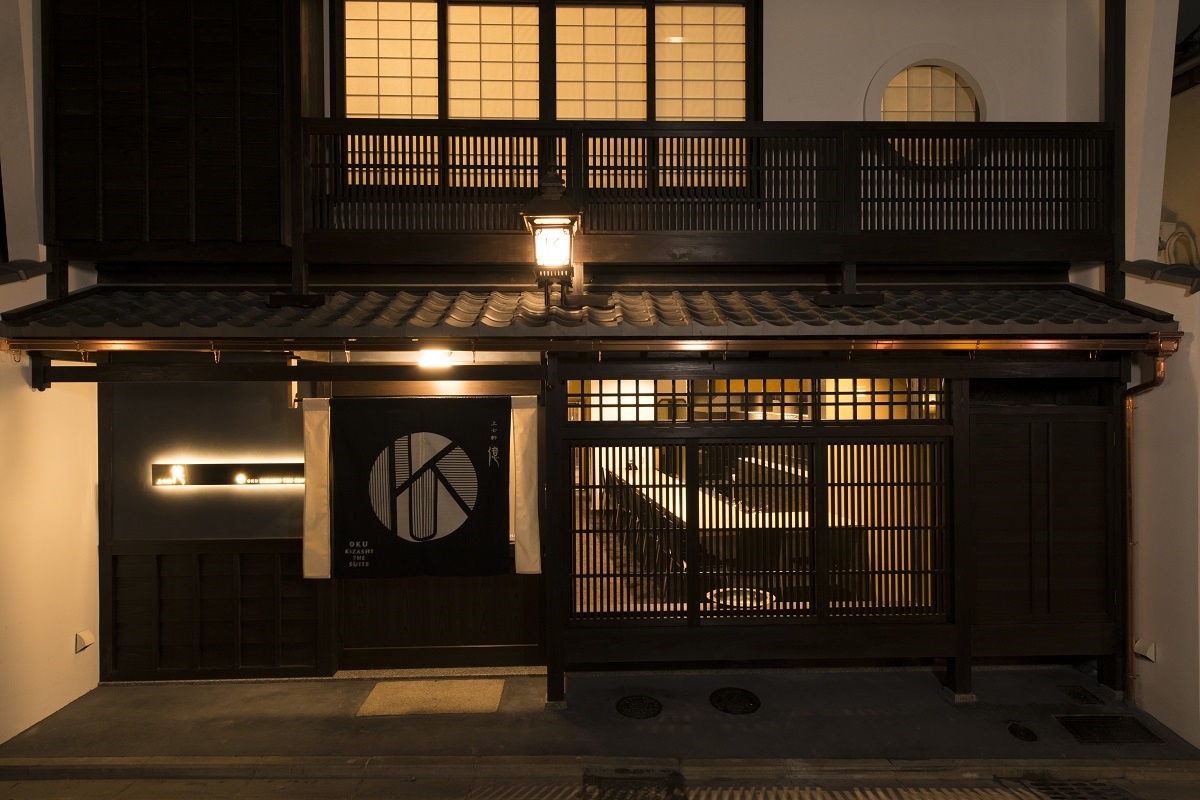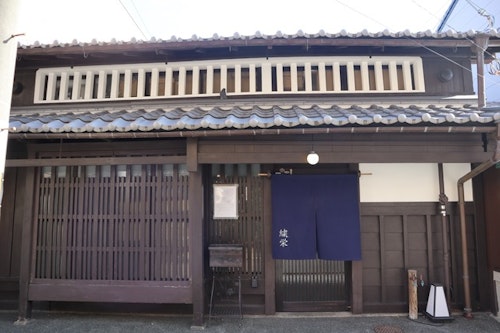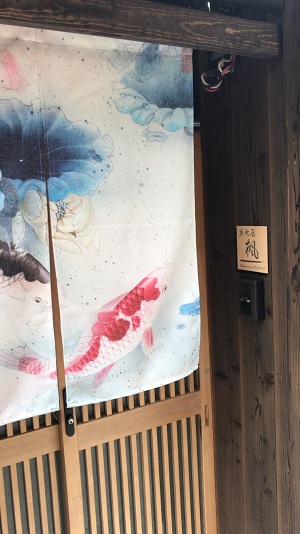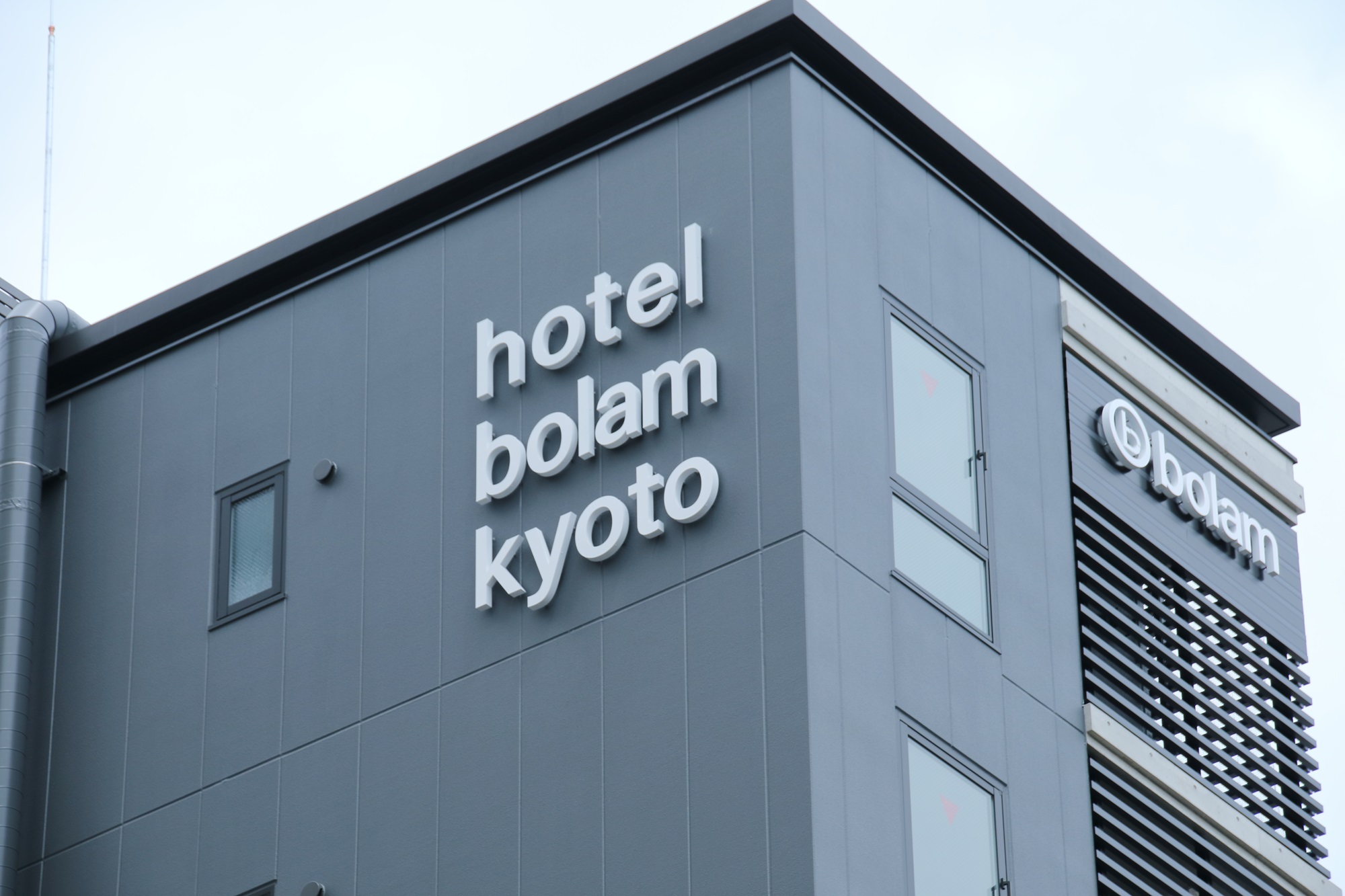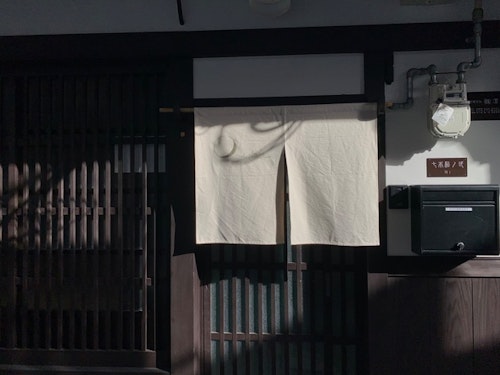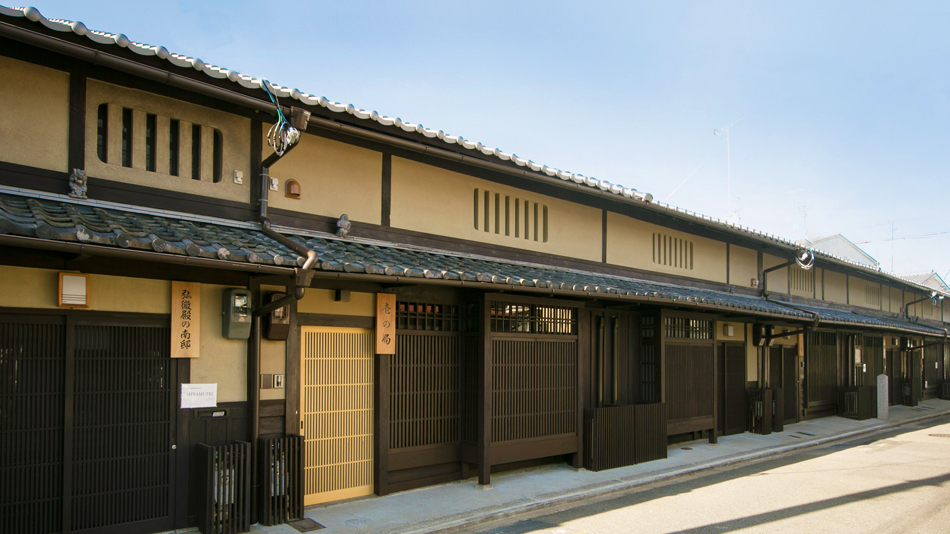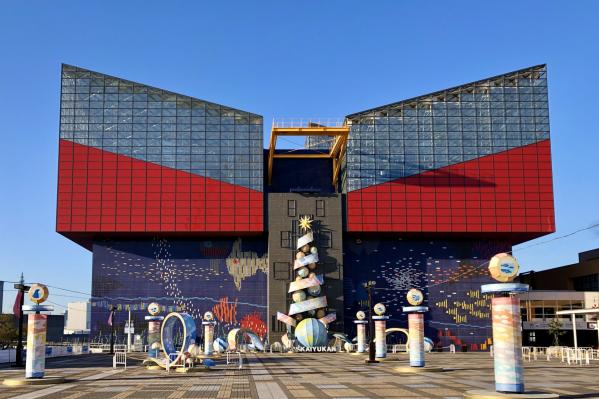Ninna-ji
Basic Information
- Spot Name
- Ninna-ji
- Location
- 〒616-8092 33 Ouchi, Omuro, Ukyo-ku, Kyoto City, Kyoto Prefecture, Japan
- Access
- Get off at "Omuro Ninnaji" on the Keifuku Electric Railway, then walk for about 3 minutes.
Get off at "Omuro Ninnaji Station" on the Arashiyama Electric Railway, then walk for about 3 minutes. - Parking
- Parking available
- Business Hours
- March to November: 9:00 AM - 5:00 PM (Last admission at 4:30 PM)
December to February: 9:00 AM - 4:30 PM (Last admission at 4:00 PM) - Fees
- Admission to the temple is free (during the Omuro Flower Festival from March 22 to May 6, it is 500 yen), the Imperial Palace Garden is 800 yen, and the Treasure Hall is 500 yen.
- Contact Information
- Phone Number:075-461-1155
- Official Website
Map
Detailed Information
Ninna-ji Temple, the headquarters of the Shingon sect Omuro school, was completed in 888 during the reign of Emperor Uda. Its founding was inspired by his father, Emperor Kōkō, and the temple's name is derived from the era name "Ninna." Emperor Uda entered the temple as a monk and established a residence (Omuro), leading to the temple also being called "Omuro Gosho."
Since its establishment, Ninna-ji has held a special status as a monzeki temple with members of the imperial family serving as abbots, maintaining its high prestige over the centuries. During the Onin War in the Muromachi period (1467-77), many of its buildings were burned, but reconstruction efforts in the early Edo period led to the establishment of the splendid structures that remain today.
The temple grounds feature historically significant buildings, including the main hall (National Treasure) which was relocated from the Shishinden of the Kyoto Imperial Palace, along with a five-story pagoda, Nio Gate, and the Hall of Stained Images. The five-story pagoda, standing at approximately 36 meters, is characterized by its elegant form with nearly uniform width across its tiers, and it has become a symbol of Ninna-ji alongside the late-blooming "Omuro cherry blossoms."
Additionally, the "Goten," rebuilt during the Meiji to Taisho eras, consists of the main hall and the white shoin, and together with the beautiful northern garden (a pond garden) and the southern garden of white sand, it represents the elegant atmosphere of the imperial palace. These gardens were designated as a national scenic spot in 2021.
The temple is rich in cultural properties, housing many precious artifacts, including the Amida Triad (National Treasure), a colored silk painting of the Peacock Deity, an intricate maki-e jewel box, and valuable texts and crafts such as the Ishinbon and the thirty-volume booklet. These treasures are opened to the public several times a year at the Reihokan (Treasure Hall).
In spring, approximately 200 "Omuro cherry trees" bloom magnificently near the main gate. These cherry trees are relatively short at about 3 meters, allowing visitors to enjoy the blossoms at eye level, making them beloved by many. In 1924, they were designated as a national scenic spot, and during their peak bloom in mid-April, the temple grounds are enveloped in a vibrant atmosphere.
Thus, Ninna-ji is widely recognized as a famous temple in Kyoto where architecture, culture, and nature harmoniously coexist, and in 1994, it was registered as a UNESCO World Heritage Site as part of the "Cultural Properties of Ancient Kyoto."
Ninna-ji Movies
Kyoto Tourist Attractions
View ListYasaka Shrine
Yasaka Shrine, commonly known as "Gion-san," is widely cherished. This shrine is particularly significant as the head shrine of the approximately 2,300 Yasaka Shrine...
Sanjusangen-do Temple
Sanjusangendo, officially known as Rengeoin, is a Tendai Buddhist temple located in Kyoto. Rebuilt during the Kamakura period, this temple boasts a main hall that is...
Kitano Tenmangu Shrine
Kitano Tenmangu is a historic site in Kyoto that is widely revered as the deity of learning and the arts. This shrine enshrines Sugawara no Michizane, a scholar and ...
Kyoto Aquarium
Kyoto Aquarium is a large inland aquarium located in Umekoji Park in the Shimogyo Ward of Kyoto City. It is conveniently accessible, being about a 15-minute walk fro...
Ginkaku-ji (Silver Pavilion)
Ginkaku-ji, officially known as Jishō-ji, is located in the Sakyo Ward of Kyoto City and is affiliated with the Rinzai school of the Shokoku-ji sect. Originally buil...
Kenninji Temple
Kennin-ji Temple, founded in 1202 by the Zen master Eisai, is the oldest Zen temple in Kyoto and serves as the head temple of the Kennin-ji branch of the Rinzai sect...
Kinkaku-ji (Golden Pavilion)
Kinkaku-ji, officially known as Rokuon-ji, is a temple located in the northwest of Kyoto City, famous for its distinctive pavilion called the "Golden Pavilion" cover...
To-ji Temple
Toji Temple (official name: Kyo-o Gokokuj), is the only existing structure from the Heian-kyo period and is registered as a UNESCO World Heritage Site. Founded two y...
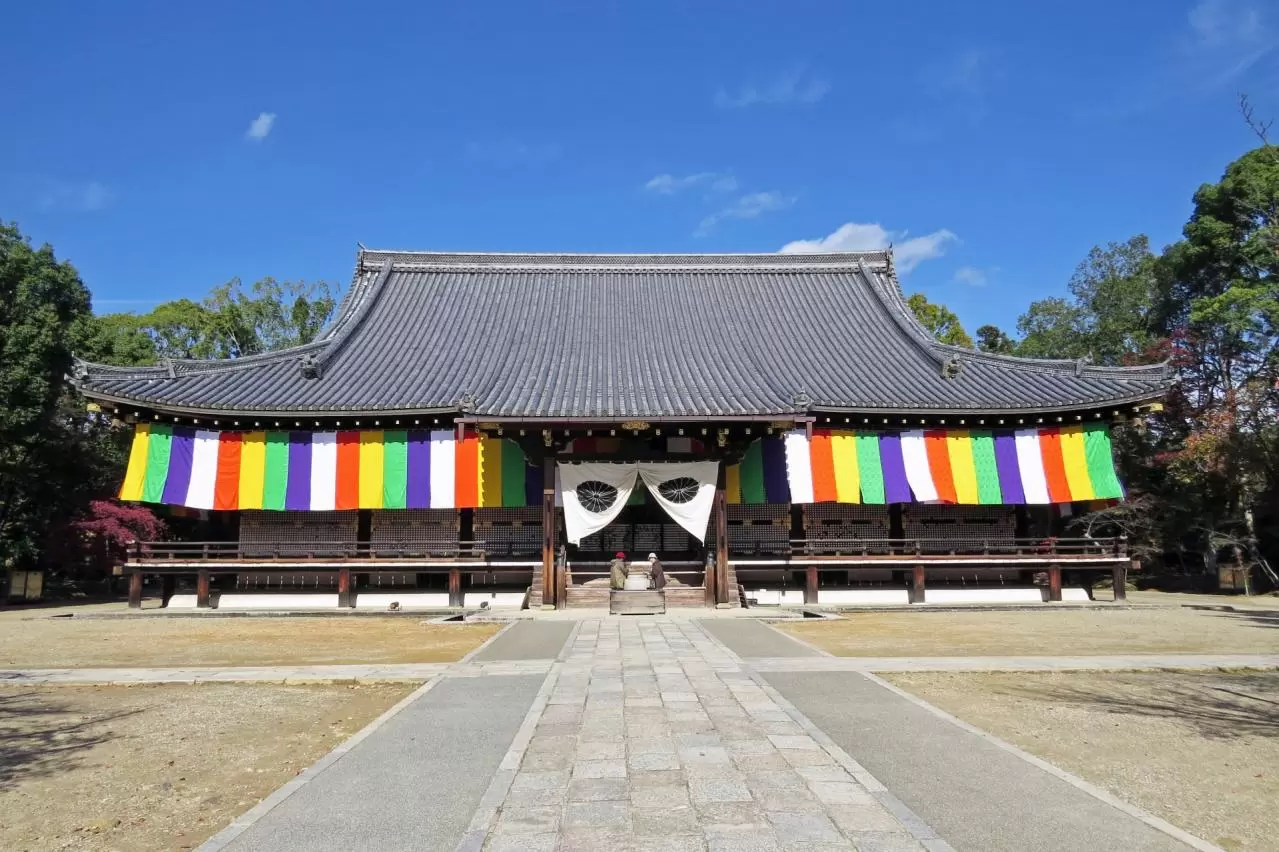
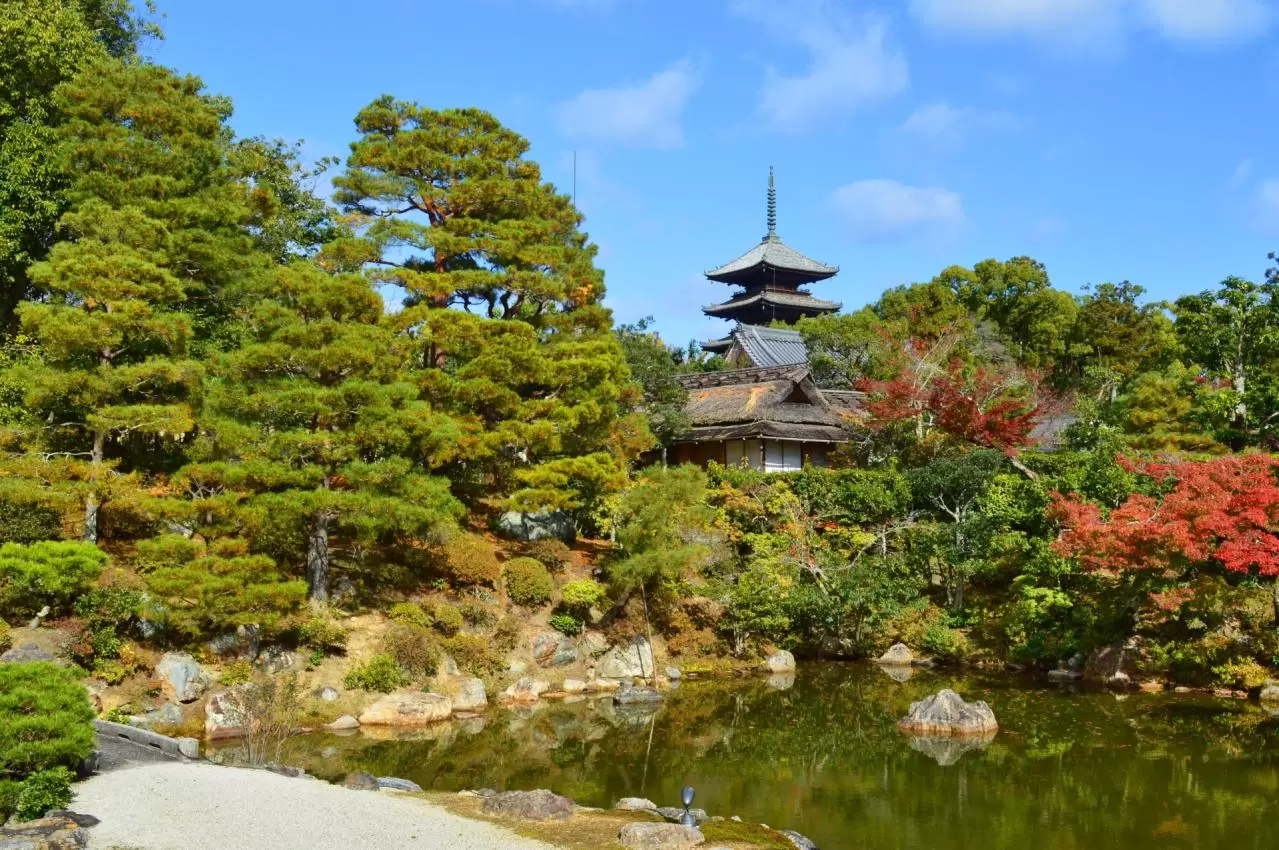

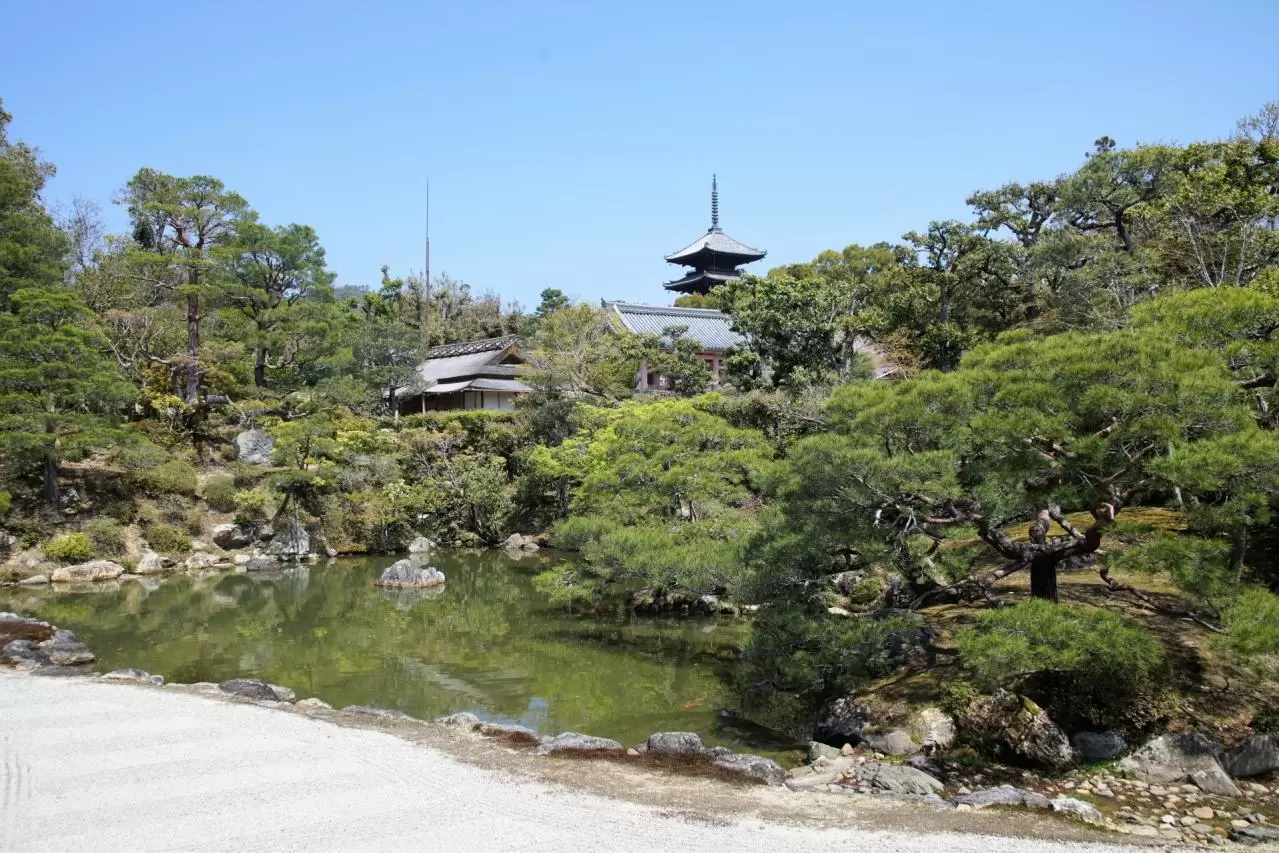
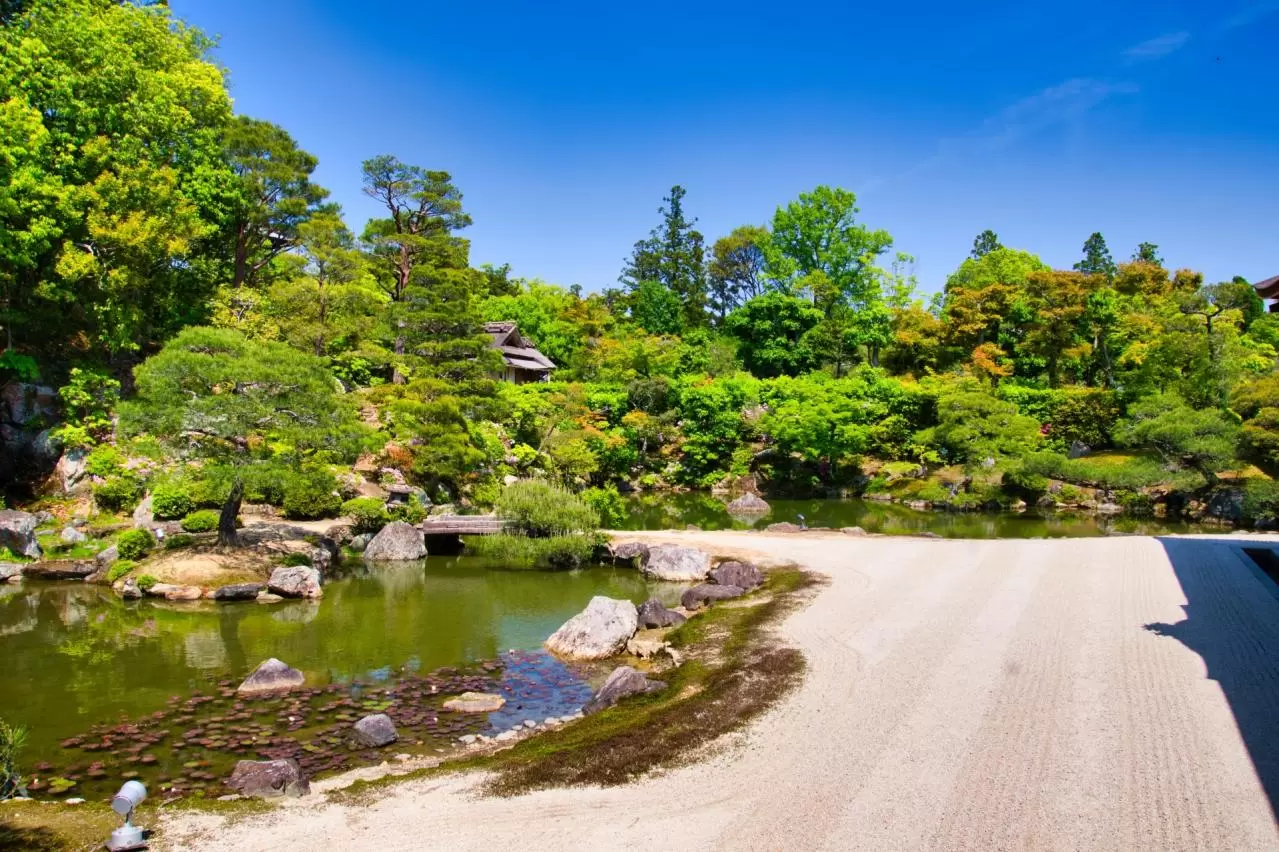
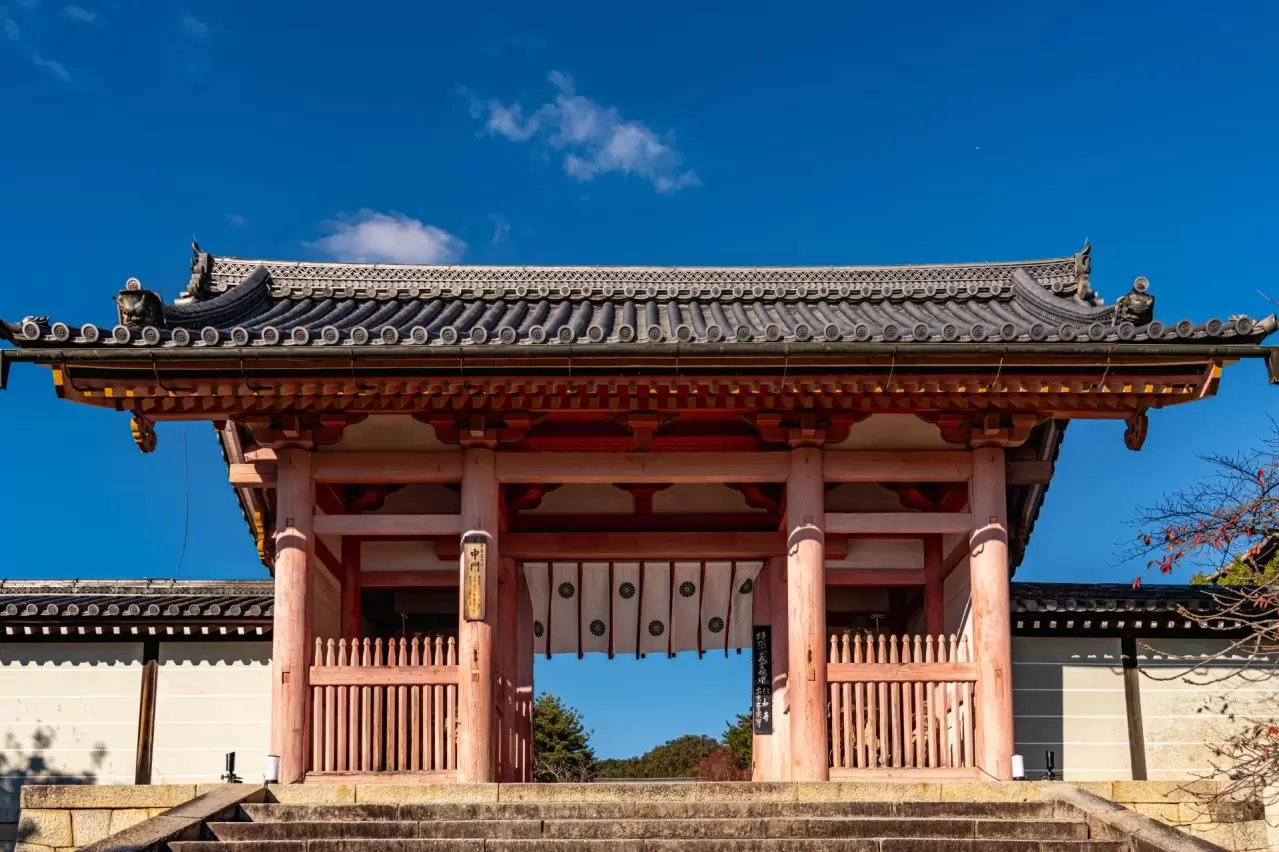
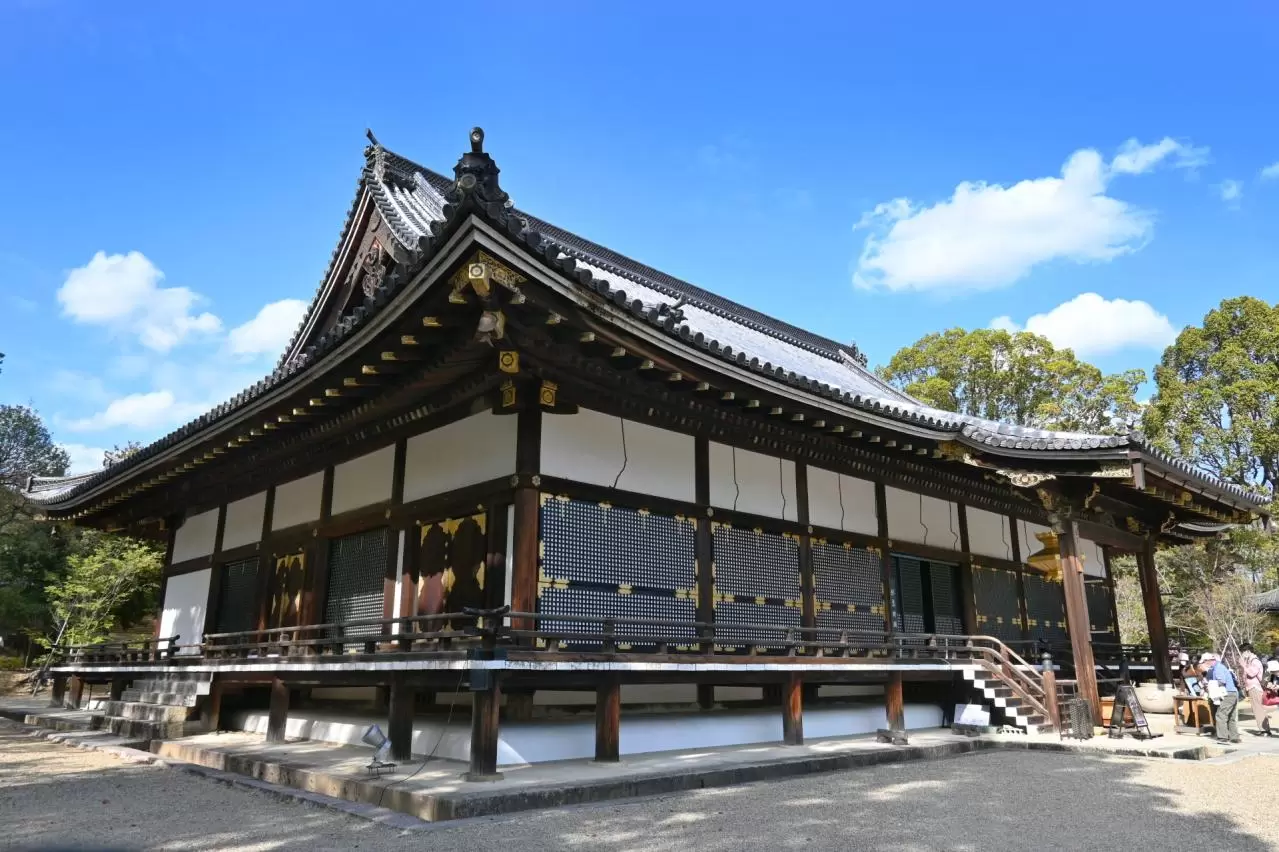
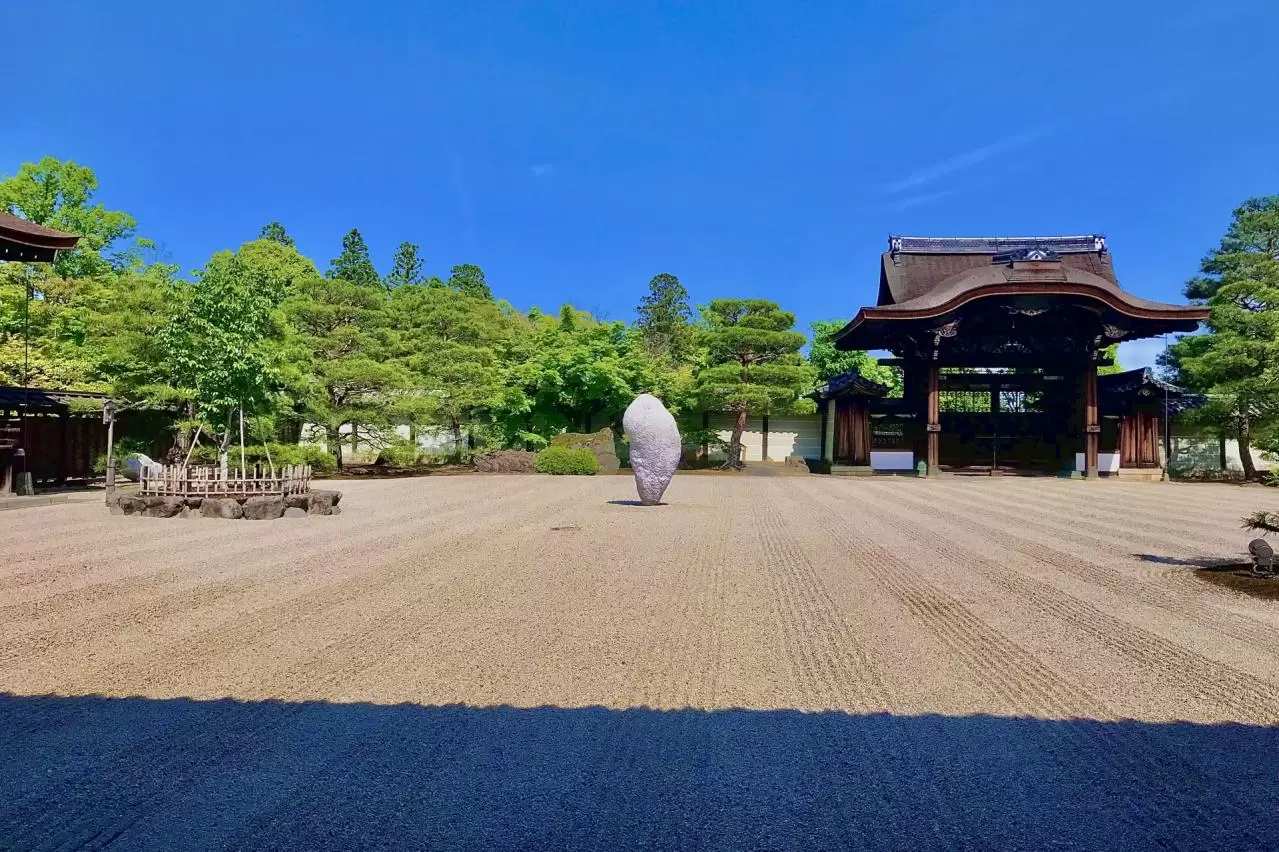
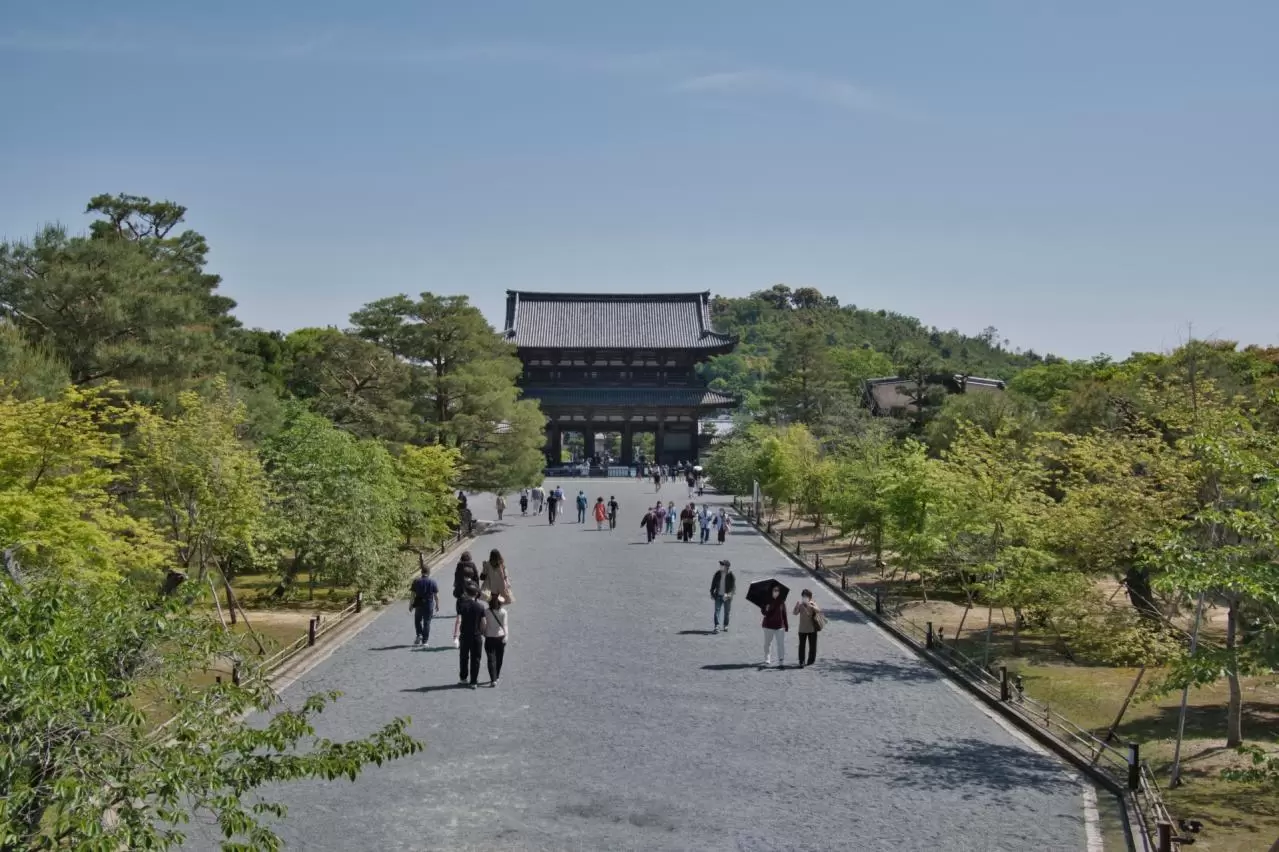
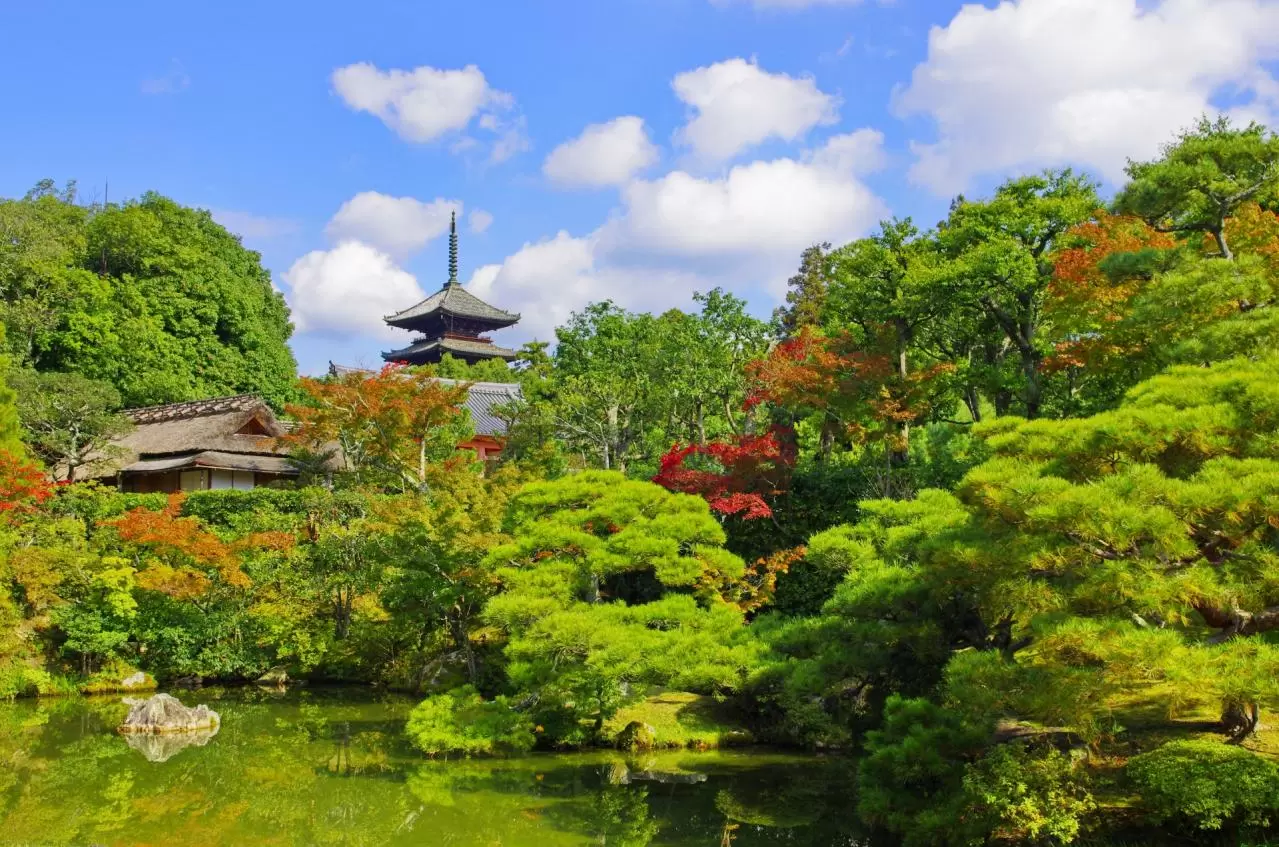
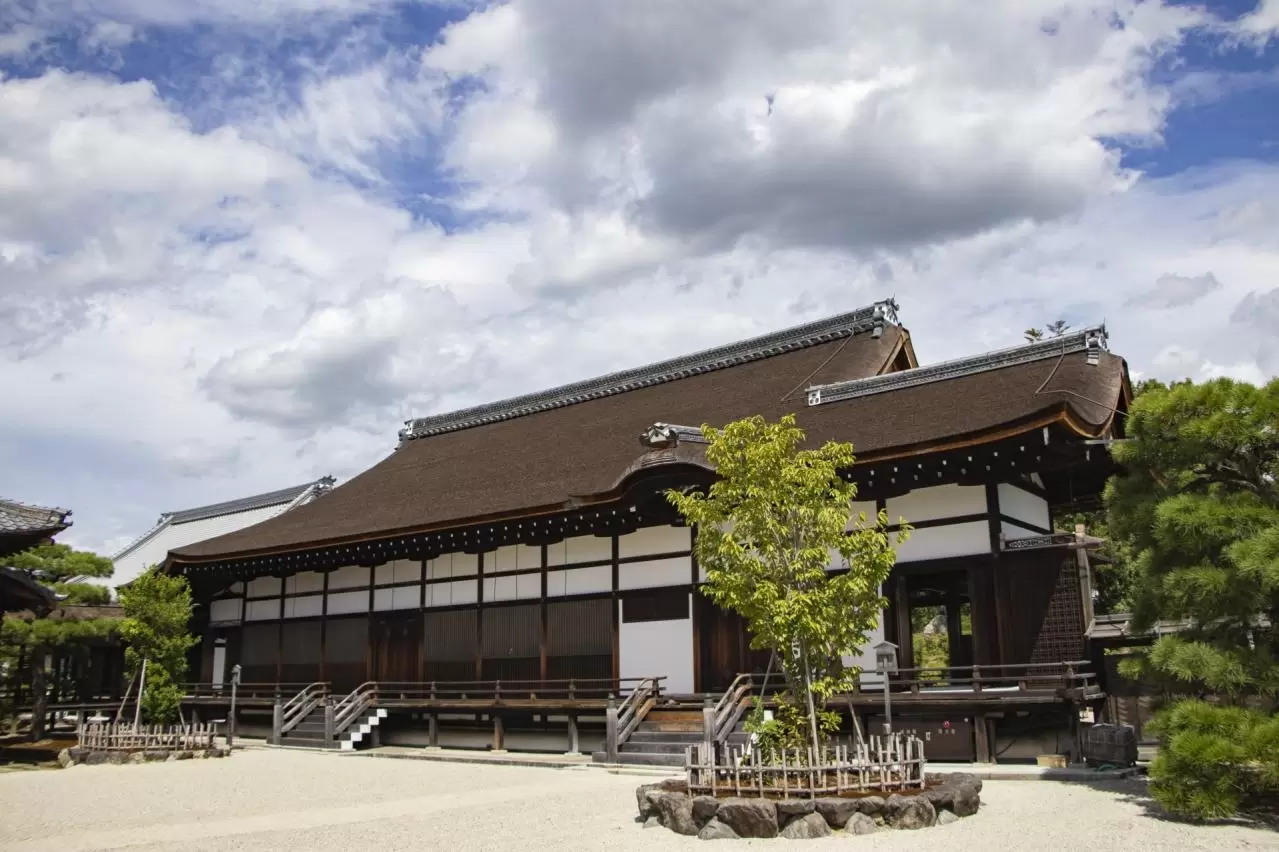
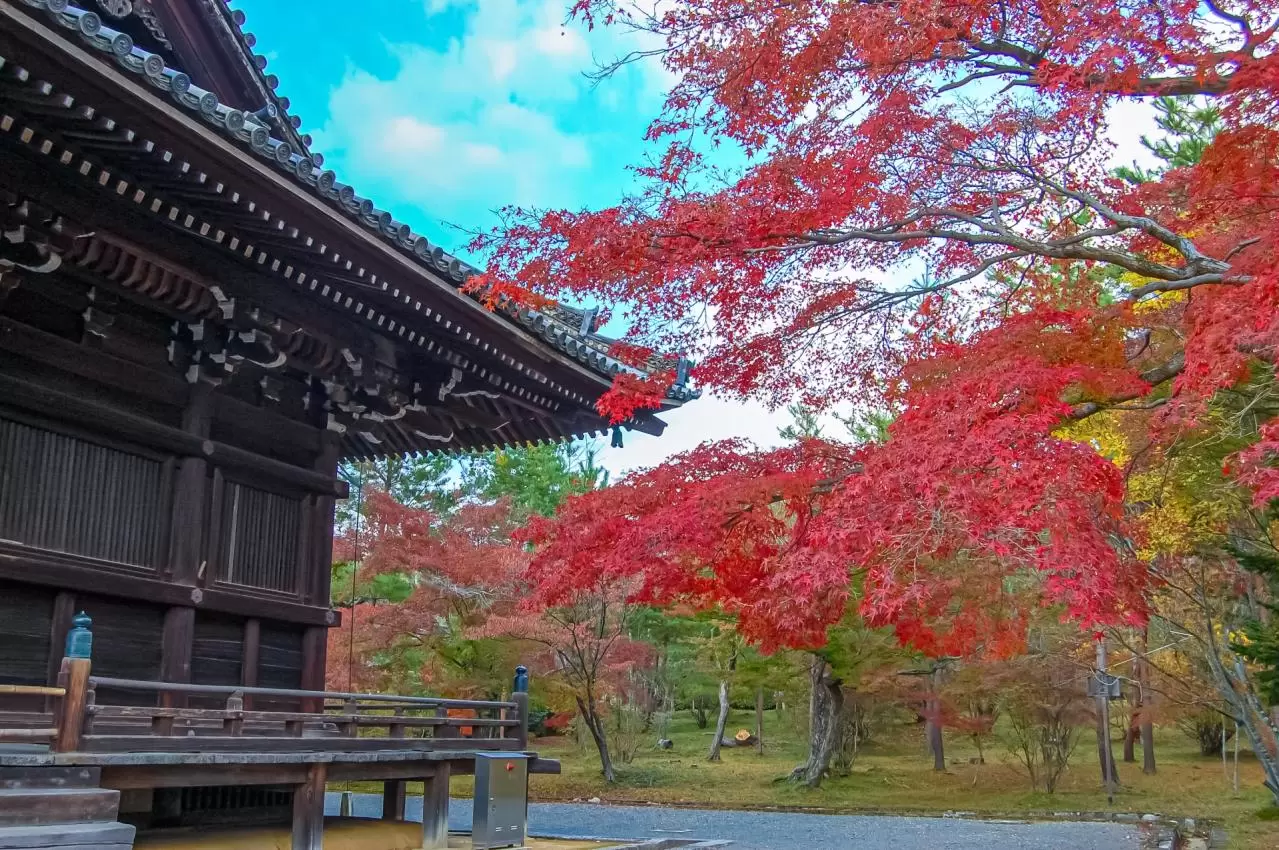
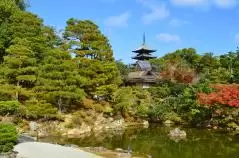
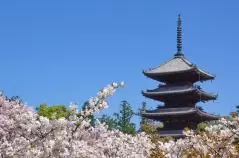
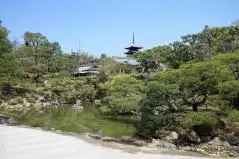

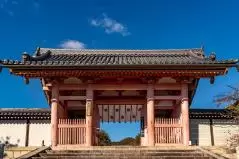
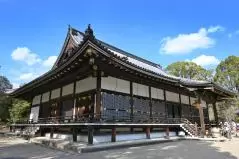

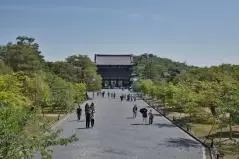
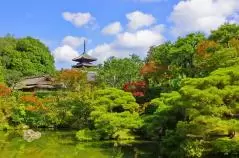
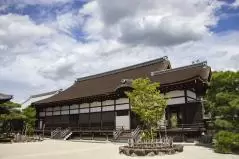
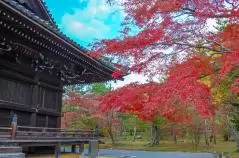



![2025 新緑の京都 〜 仁和寺 〜 御室御所や御室桜で有名な世界文化遺産の仁和寺。境内の青もみじが初夏の光に輝いで綺麗です[No.580]](https://i.ytimg.com/vi/wQ1u29L8tr0/mqdefault.jpg)




